Why is ventilation system design important?
- Minimizes indoor air pollution
- Proper temperature regulation
- Healthier indoor environment
- Prevents property damage
- Compliance with safety standards
Overview
- Proper ventilation systems minimize indoor air pollution, regulate temperatures, and create healthier environments.
- By controlling humidity and expelling hazardous fumes, ventilation systems prevent property damage like mold growth, rust, and structural decay.
- Tailored ventilation designs are essential for specialized spaces like kitchens or labs, addressing specific air quality and temperature requirements.
In business settings, where operations often involve hazardous materials, airborne contaminants, and fluctuating temperatures, ventilation isn’t just a technical requirement—it’s a lifeline. A well-designed ventilation system does more than circulate air. It safeguards worker health and ensures compliance with safety standards.
Inadequate ventilation can lead to a host of challenges, including respiratory hazards, equipment malfunctions, elevated energy costs, and regulatory violations. That’s why accurate ventilation system design is important, enhancing productivity, preventing accidents, and mitigating operational risks.
Minimizes Indoor Air Pollution
Industrial spaces may often feel heavy and stale. This discomfort often stems from the buildup of indoor pollutants, which can include dust, allergens and volatile organic compounds from paints and cleaning materials, and even moisture that leads to mold growth.
A properly designed ventilation system is key to preventing this. It maintains a steady flow of fresh outdoor air while expelling the contaminated indoor air, ensuring a healthier and more comfortable environment.
For example, an HVAC system that includes an effective air filtration system can capture dust, pollen, and other allergens. Those advanced systems equipped with dehumidifiers can prevent the growth of mold and mildew. This continuous air exchange prevents pollutants from lingering, leaving your workspace feeling fresh, clean, and breathable.
Proper Temperature Regulation
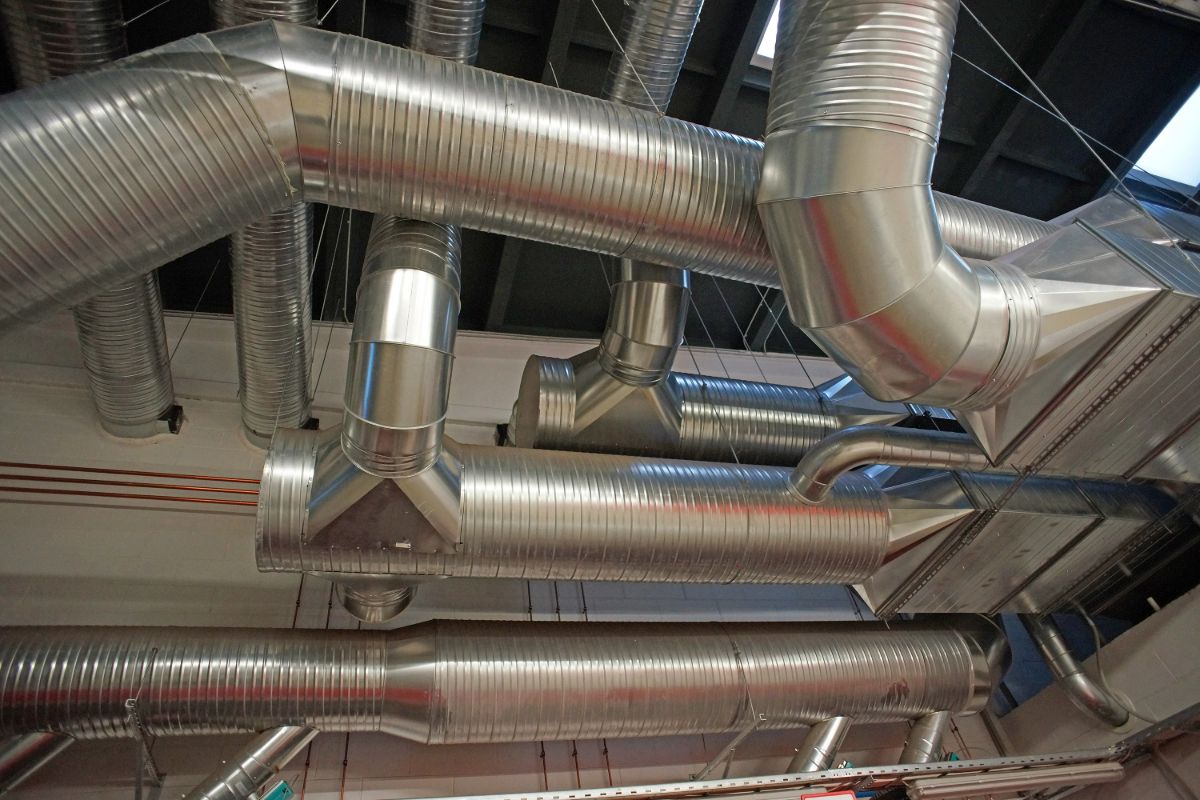
When your ventilation system is designed to balance airflow, it ensures stable indoor temperatures throughout your space. In large office areas, for instance, an efficient system that evenly distributes cool air in the summer and warm air during colder months can enhance comfort levels for everyone.
Without proper airflow management, some parts of the building might turn into uncomfortable “hot spots” or “cold zones,” forcing employees to constantly adjust their clothing or deal with personal discomfort—ultimately leading to distraction and fatigue.
With a well-optimized HVAC system from trusted contractors like F.R. Sevilla, you gain access to advanced features like thermostats and dampers that dynamically regulate airflow, keeping temperatures consistent and energy usage efficient.
Whether it’s maintaining a comfortable office environment or controlling humidity in sensitive industrial settings, a properly designed ventilation system ensures optimal conditions for productivity, health, and functionality.
Healthier Indoor Environment
Inadequate ventilation allows pollutants to linger, leading to stale and unhealthy air. For instance, in office buildings, the high density of occupants often raises carbon dioxide levels, causing drowsiness, reduced focus, and general discomfort among employees.
In critical environments like hospitals or clinics, the importance of proper ventilation becomes even more pronounced. A poorly designed system can accelerate the spread of airborne pathogens, putting both patients and healthcare workers at risk.
A thoughtfully designed ventilation system mitigates these concerns by ensuring a steady supply of fresh air while employing advanced filtration technologies like high-efficiency particulate air (HEPA) filters. These effectively eliminate harmful particles, fostering a safer and healthier environment for everyone within the space.
Prevents Property Damage
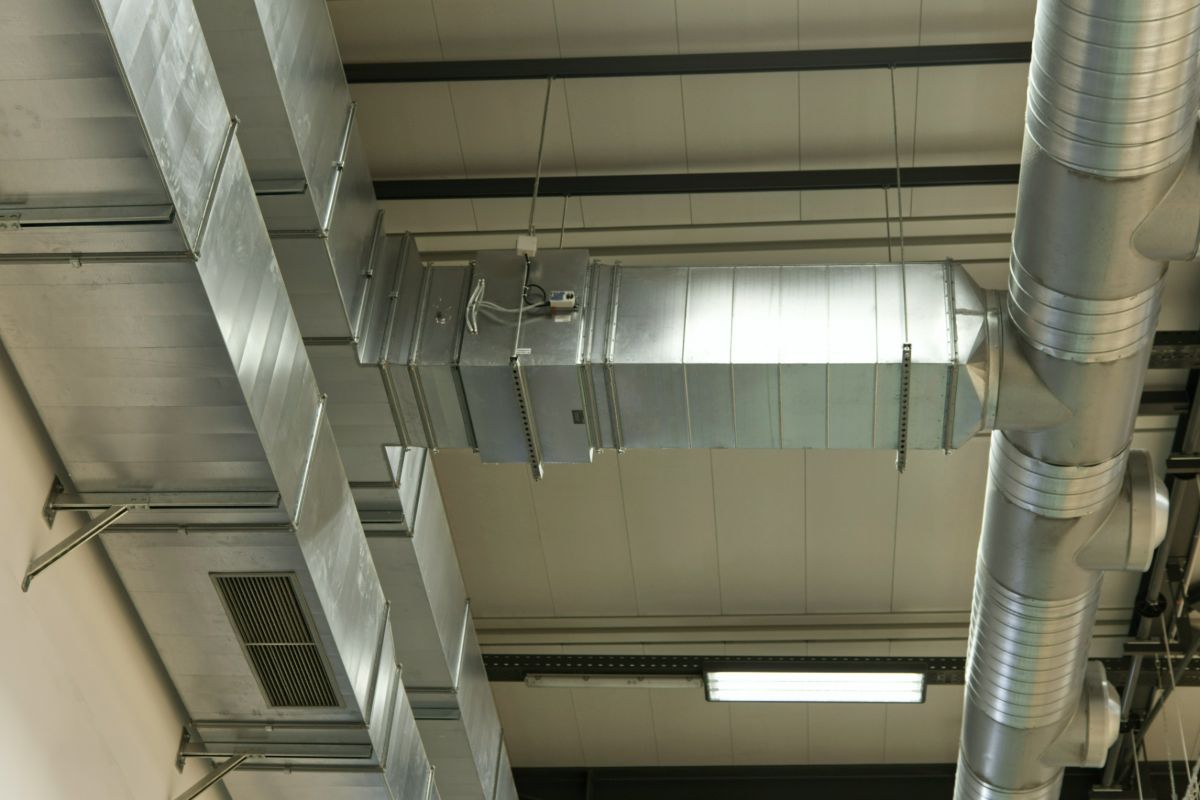
Excess humidity poses serious challenges, including mold growth, rot, and rust, all of which can compromise a building’s structural integrity and the safety of its contents.
In poorly ventilated spaces like basements, moisture accumulation can lead to warped wood, corroded metal, and peeling paint—turning a simple issue into a costly repair or even structural failure over time.
A thoughtfully designed ventilation systems address these risks. By maintaining balanced humidity levels and ensuring proper air circulation, it prevents moisture buildup and its damaging effects, safeguarding the structure and its assets.
With consistent airflow and effective filtration, a well-implemented ventilation system not only preserves the building’s condition but also extends its lifespan, offering a long-term solution that enhances value and functionality.
Compliance with Safety Standards
Adhering to building codes and safety guidelines is essential, particularly for ventilation systems designed to protect occupants’ health and safety. Certain environments, such as kitchens, laboratories, and manufacturing facilities, often have strict air quality standards due to the presence of hazardous fumes, chemicals, or extreme heat.
Failing to meet these ventilation requirements can lead to significant consequences, including fines, legal liabilities, and even health or safety incidents. This underscores the importance of designing ventilation systems tailored to the unique needs of each space.
By ensuring compliance with regulations and addressing potential hazards, a well-planned system safeguards occupants and fosters a safer and more efficient environment.
Key Takeaway
The reason why ventilation system design is important goes beyond just maintaining airflow. It’s about creating a space that prioritizes health, comfort, and safety. Without it, buildings face the risk of poor air quality, structural damage, and even potential health hazards.
At F.R. Sevilla, we specialize in crafting ventilation solutions that are tailored to your unique needs. Whether it’s a commercial, industrial, or residential space, we’re here to provide expert guidance and top-quality systems. Contact us today to get started!
RECENT POSTS
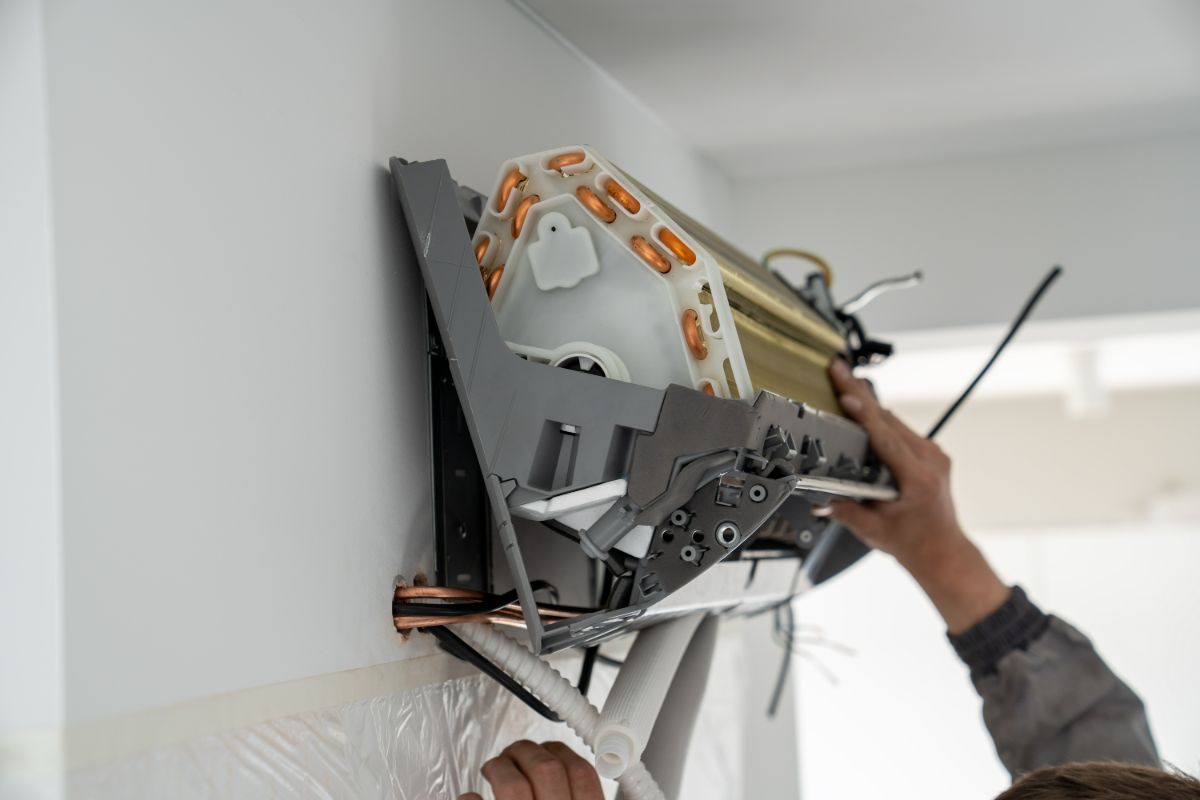
Your Guide to Finding the Best Air Conditioning Contractor in the Philippines
What should you look for in an air-con contractor? Licenses and certification Experience and reputation Insurance and wa
Read More
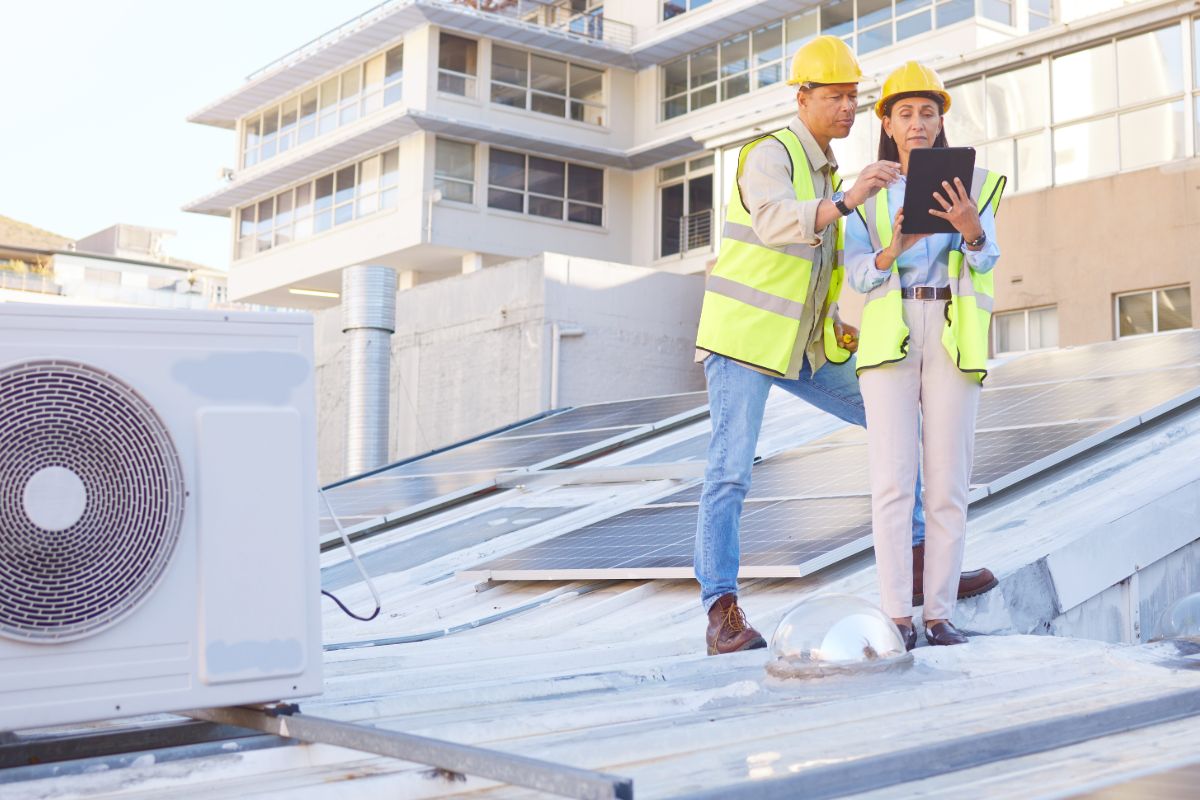
What to Expect from Air Conditioning Contractors?
What can you expect from air conditioning contractors? Comprehensive site assessment Professional installation and testi
Read More
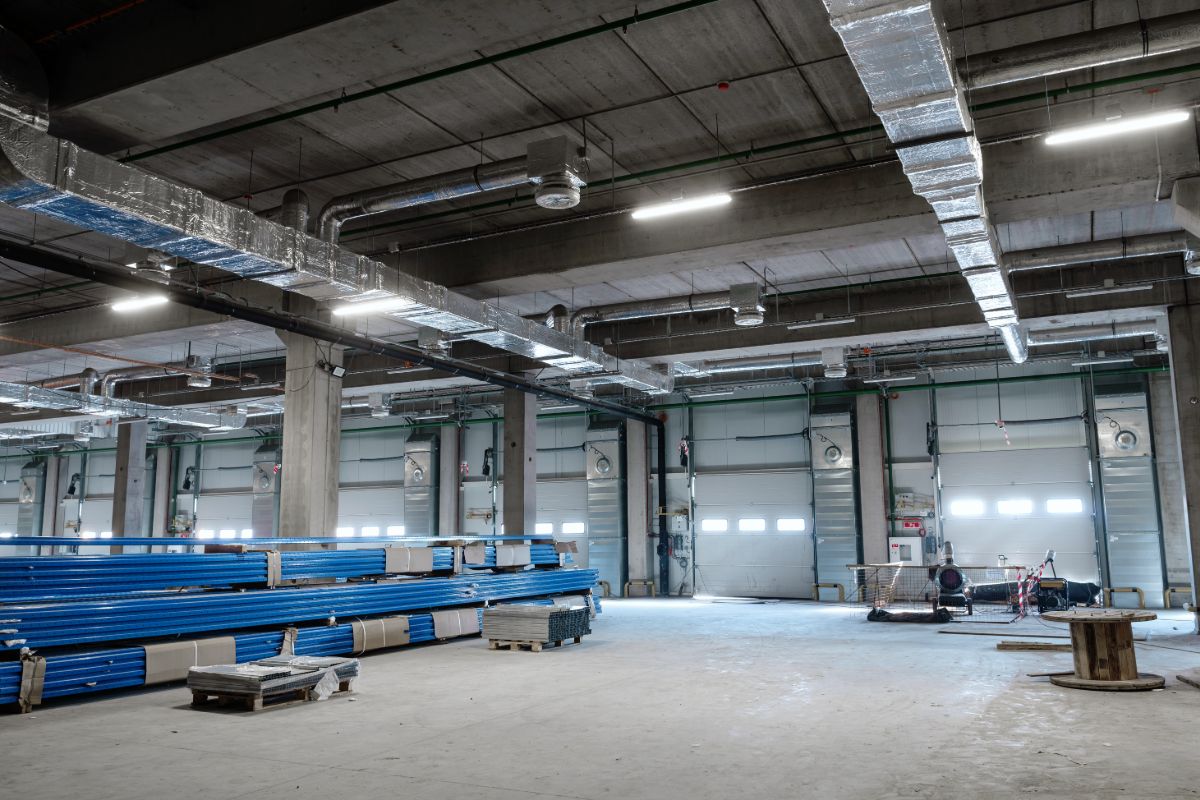
Cut Costs, Not Corners: Energy-Efficient Warehouse Cooling Solutions
What are the benefits of energy-efficient cooling solutions for warehouses? Lowers energy costs Improves employees produ
Read More